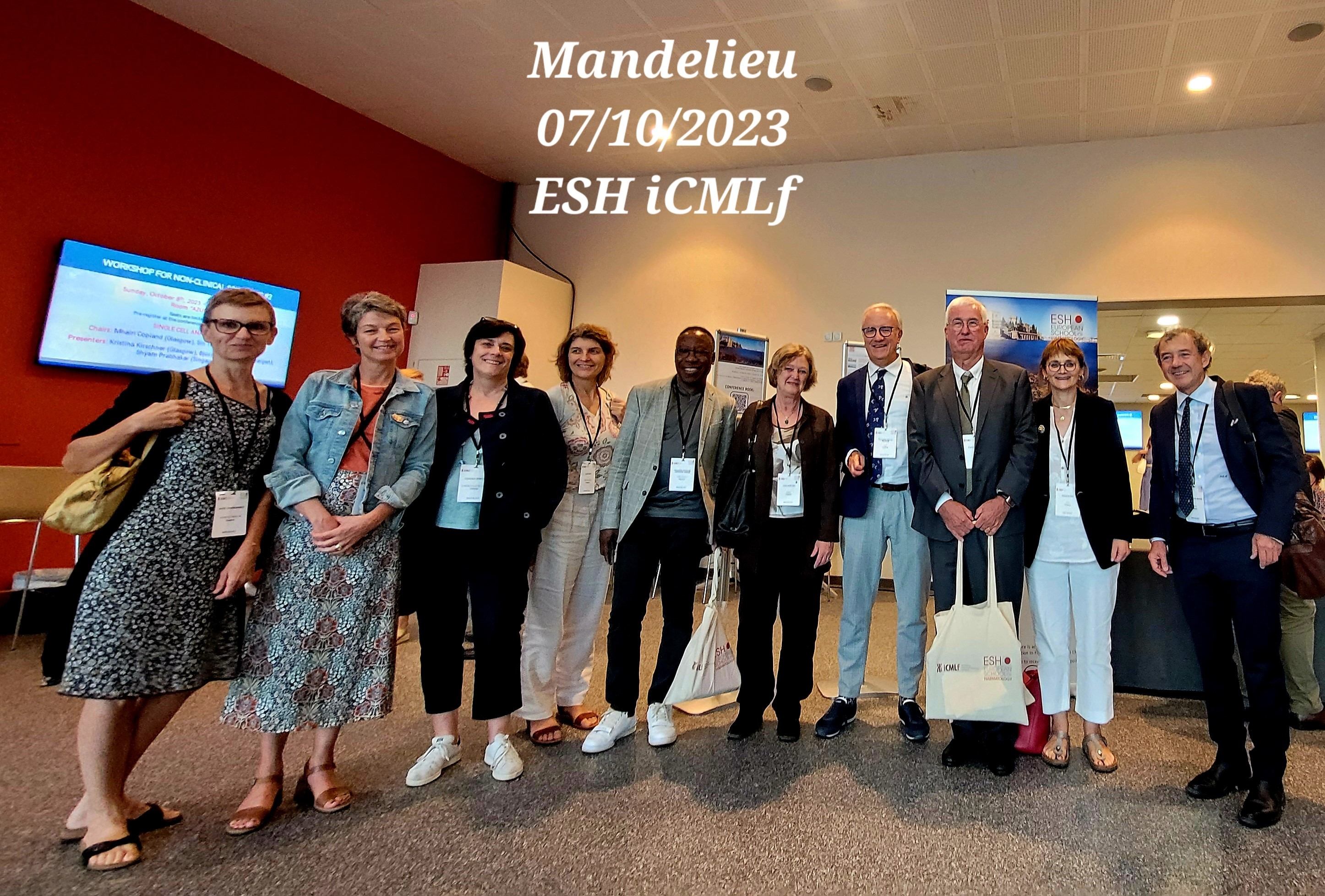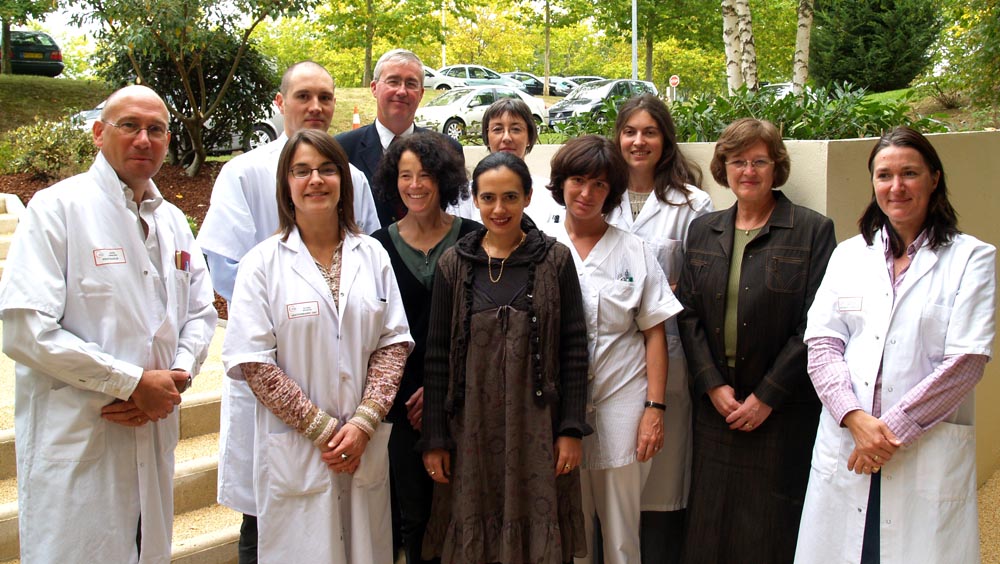 Professor François Guilhot (Poitiers, France)
Professor François Guilhot (Poitiers, France)
Emeritus Professor of Hematology and the past Director of the Clinical Investigation Center
1402 INSERM in Poitiers (France)
When I began my research into the treatment of patients suffering from chronic myeloid leukaemia, there were few truly effective treatments available apart from haematopoietic stem cell transplantation, but the vital risk was high and, above all, few patients could be transplanted. As early as 1989, I had observed complete and lasting cytogenetic responses with the interferon + cytarabine combination, the only 2 drugs acting on leukemic stem cells at the time.
In 2003, following the initial phase 1 and 2 trials, we knew that imatinib had a particularly important anti-leukemic effect because it was targeted. But there was no proof of its efficacy as a first-line treatment, so a prospective phase 3 trial had to be set up in previously untreated patients.  The "IRIS" trial was therefore carried out, comparing imatinib at a dose of 400 mg per day with the interferon + cytarabine combination. This comparison arm was chosen because I had demonstrated that the interferon + cytarabine combination significantly increased survival and had become the gold standard for the treatment of CML. After including 1106 patients, we showed that imatinib was more effective, with a significant increase in molecular response. To demonstrate the effect on survival, we were able - thanks to an excellent collaboration with Novartis - to carry out a comparison between the historical arm of our CML 91 trial involving the combination of interferon + cytarabine and the imatinib arm of the IRIS trial: this is the one and only proof of the positive effect of imatinib on patient survival.
The "IRIS" trial was therefore carried out, comparing imatinib at a dose of 400 mg per day with the interferon + cytarabine combination. This comparison arm was chosen because I had demonstrated that the interferon + cytarabine combination significantly increased survival and had become the gold standard for the treatment of CML. After including 1106 patients, we showed that imatinib was more effective, with a significant increase in molecular response. To demonstrate the effect on survival, we were able - thanks to an excellent collaboration with Novartis - to carry out a comparison between the historical arm of our CML 91 trial involving the combination of interferon + cytarabine and the imatinib arm of the IRIS trial: this is the one and only proof of the positive effect of imatinib on patient survival.
 Following the IRIS trial, a number of unresolved questions remained. For example, was the 400 mg dose of imatinib sufficient and was there any point in testing combinations such as combining imatinib with interferon or cytarabine? With Brian Druker, Steve O'Brien and Joëlle Guilhot (my wife!), we wrote a clinical trial project, the 'SPIRIT' trial, which was to be conducted in the USA, the UK and France; but only France finally enrolled patients and published the results. This trial had four arms: Two arms with doses of 400 mg and 600 mg of imatinib, one arm with the imatinib-cytarabine combination, and one arm with the imatinib-pegylated interferon combination.
Following the IRIS trial, a number of unresolved questions remained. For example, was the 400 mg dose of imatinib sufficient and was there any point in testing combinations such as combining imatinib with interferon or cytarabine? With Brian Druker, Steve O'Brien and Joëlle Guilhot (my wife!), we wrote a clinical trial project, the 'SPIRIT' trial, which was to be conducted in the USA, the UK and France; but only France finally enrolled patients and published the results. This trial had four arms: Two arms with doses of 400 mg and 600 mg of imatinib, one arm with the imatinib-cytarabine combination, and one arm with the imatinib-pegylated interferon combination.
We demonstrated that the combination of imatinib and interferon significantly increased the molecular response, but survival at 15 years was the same for all four arms, at 80-85%, which is still very remarkable. We observed that if patients could continue interferon for at least one year, they had a high probability of being able to stop their treatment without risk.
In conclusion, it should be remembered that the immune system plays an important role in CML, and that interferon has had a remarkable effect in some patients who have been able to tolerate it long enough. However, its toxicity and its use by injection are difficult for patients to accept.
Contact:
Emeritus Professor of Hematology
Past Director of the Clinical Investigation Center
Centre d’Investigation Clinique
Inserm CIC 0802
CHU de Poitiers
f.guilhot@chu-poitiers.fr










